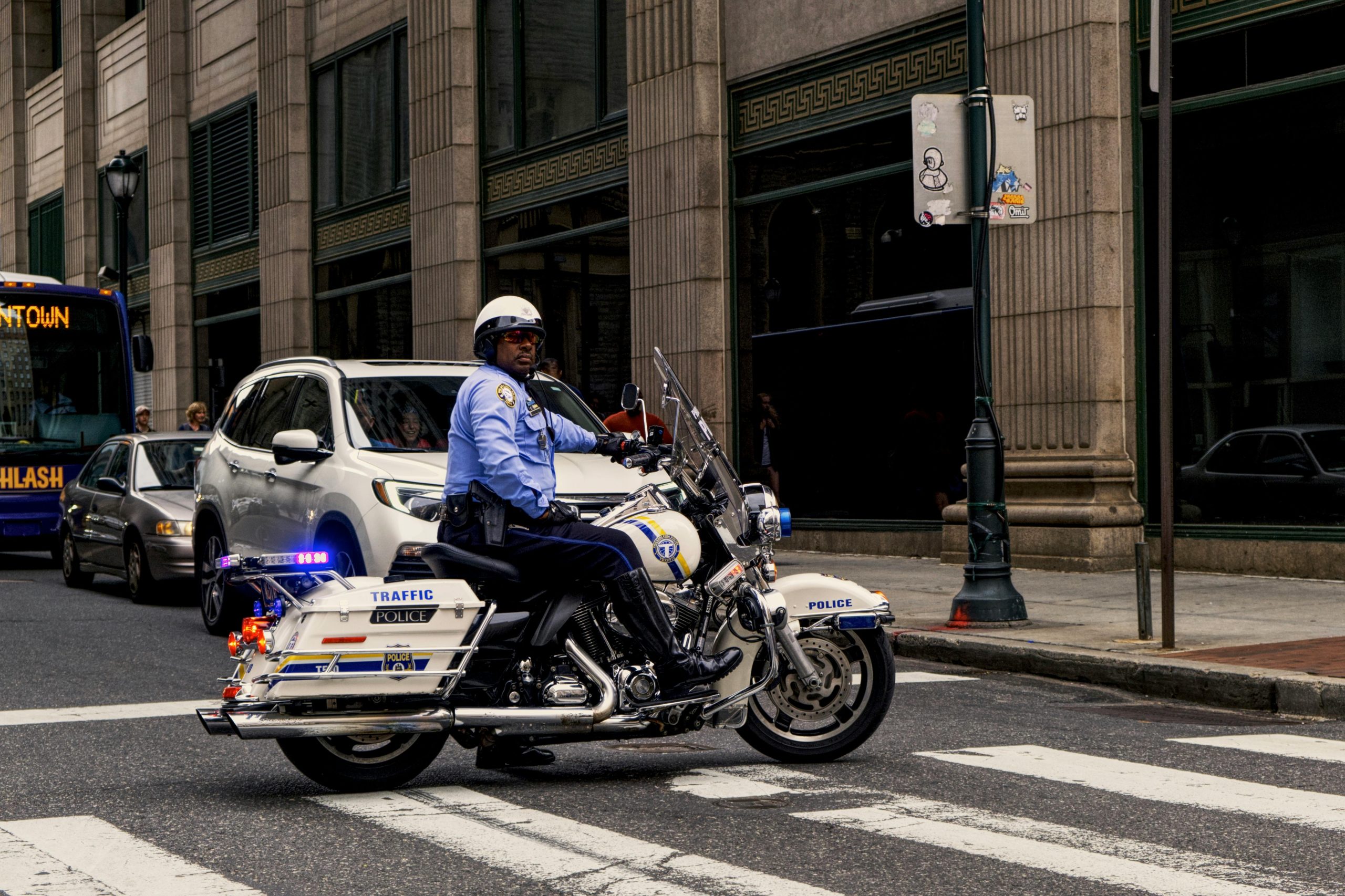Understanding Pedestrian and Vehicle Interactions at Crosswalks: A Critical Examination of Traffic Signal Design
Recent Experiences Highlight the Importance of Clear Traffic Signal Communication
In the busy environs adjacent to King’s College Hospital in southeast London, a seemingly routine situation underscores critical issues in traffic signal design and pedestrian safety. During a recent visit for routine health checkups, I observed a pedestrian crossing situated next to the hospital entrance that raises important questions about the safety and clarity of traffic control systems.
The Design of the Pedestrian Crossing
The crossing in question employs a standard signal system: a green pedestrian man indicator signals pedestrians to cross, while a red light instructs vehicles to wait. Typically, this system works effectively, ensuring safe passage for pedestrians and orderly vehicle flow.
However, a complication arises approximately ten seconds after the pedestrian green man appears. At this point, the signal begins to flash, with the green man pulsing intermittently alongside a flashing amber (yellow) light for vehicles. This transitional phase appears to be intended as a cue for vehicles to proceed, but the timing and interpretation remain ambiguous.
Potential Safety Concerns
The situation becomes particularly concerning under circumstances where pedestrians, including individuals with limited mobility, are still crossing or attempting to do so. When cars interpret the flashing amber as permissible to proceed, risks emerge:
-
Inadequate Clarity for Pedestrians: The flashing signals may not be sufficiently intuitive, leading pedestrians to believe their crossing phase has ended when, in fact, it has not. This ambiguity is heightened by environmental factors such as glare or sunlight, which may impair visibility.
-
Risks to Vulnerable Pedestrians: Slow-moving pedestrians, such as those with mobility impairments, are at increased risk when vehicles accelerate during the flashing phase, mistaking it for a full ‘green’ or safe crossing interval.
Real-Life Incident and Its Implications
Recently, upon exiting the hospital in bright sunlight, I encountered a heated near-miss. I observed what appeared to be a green pedestrian man indicator, unaware that it was flashing due to visual obstructions. As I considered crossing, a bus drove directly over the crossing, nearly causing a serious accident. This incident underscores the potential dangers posed by ambiguous or poorly designed traffic signals.
Clarifying Traffic Signal Protocols
The core issue revolves around the interpretation of flashing signals:
- Does a flashing green man still mean “pedestrians crossing”?
- Does a flashing amber light signal that vehicles may proceed?
Current standards in


Important Considerations for Safer Pedestrian Crossings in London
Reading this, I believe one crucial aspect often overlooked is the need for clear and consistent communication through traffic signals, especially in busy areas like near King’s College Hospital. Ambiguous flashing phases can easily lead to dangerous misunderstandings, particularly during bright sunlight or adverse weather conditions.
To add value to this discussion, it might be beneficial for city planners and traffic authorities to:
Ultimately, safety improves when design and communication are prioritised, considering our diverse community and the complexities of urban traffic. It’s vital that we not only address technical standards but also ensure that people understand and trust the signals they rely on daily.
Reflecting on Pedestrian Safety and Traffic Signal Clarity in London
As a London resident who frequently navigates our bustling streets, I strongly empathize with the concerns raised about the ambiguity surrounding flashing pedestrian signals. Clear and universally understood traffic controls are essential for ensuring safety, especially in areas like near King’s College Hospital where vulnerable pedestrians, including patients and the elderly, are common.
From my experience, some practical steps could help improve clarity:
Ultimately, collaborative efforts between traffic management authorities and the community are vital in refining these signals. Prioritizing safety and clarity will benefit all Londoners and make our city’s transport infrastructure more reliable and user-friendly.